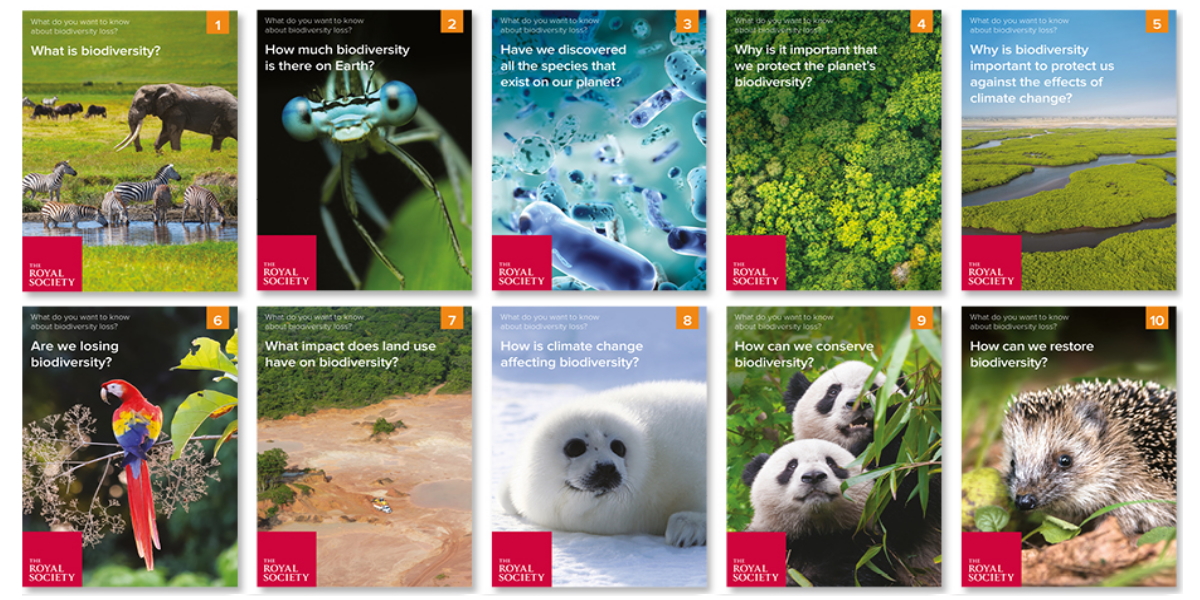Filters
Clear allSubject
- Careers (123) Apply Careers filter
- Climate Change (4) Apply Climate Change filter
- Computing (29) Apply Computing filter
- Cross curricular (23) Apply Cross curricular filter
- Design and technology (152) Apply Design and technology filter
- Engineering (105) Apply Engineering filter
- Food Preparation and Nutrition (41) Apply Food Preparation and Nutrition filter
- Leadership (1) Apply Leadership filter
- Mathematics (91) Apply Mathematics filter
- Personal development (2) Apply Personal development filter
- Psychology (1) Apply Psychology filter
- Science (267) Apply Science filter
- Space (4) Apply Space filter
- STEM Ambassadors (8) Apply STEM Ambassadors filter
- STEM Clubs (4) Apply STEM Clubs filter
Age range
Type
- Activity sheet (153) Apply Activity sheet filter
- Article (10) Apply Article filter
- Audio (2) Apply Audio filter
- Demonstration (1) Apply Demonstration filter
- Experiment (9) Apply Experiment filter
- Game (4) Apply Game filter
- Group work (4) Apply Group work filter
- Image (8) Apply Image filter
- (-) Remove Information sheet filter Information sheet
- Interactive resource (3) Apply Interactive resource filter
- Open-ended task (5) Apply Open-ended task filter
- Poster (7) Apply Poster filter
- Presentation (85) Apply Presentation filter
- Quiz (10) Apply Quiz filter
- Research (4) Apply Research filter
- Self assessment (3) Apply Self assessment filter
- Teacher guidance (184) Apply Teacher guidance filter
- Textbook (2) Apply Textbook filter
- Video (30) Apply Video filter
- Include Physical Resources (0) Apply Include Physical Resources filter
Showing 413 results
This STEMNET resource describes the background and career of transportation planner, and STEM Ambassador, Dan Cornelius.
Dan's role is to assess road schemes and their impacts on local and regional areas. He develops graphic models of the situation and location. This allows him to manipulate elements, such...
This STEMNET resource describes the background and career of tunnel design engineer and STEM Ambassador Kate Woolley.
Kate designs and supervises the construction of tunnels and finds that she needs to use maths, physics and technology to make everyday decisions. Engineering, however, had not always seemed a...
This Mathematics Matters case study, from the Institute of Mathematics and its Applications, looks at how mathematicians' understanding of knots can help unravel potentially fatal knots in DNA molecules. Understanding how to manipulate tangles of DNA could help us create new treatments for diseases, so...
Rockets are used to launch satellites, probes and even astronauts into space. A rocket launch is extremely impressive. Thousands of kilograms are burned in just a few minutes in order to provide the force that the rocket needs in order to overcome the gravity of the Earth. Rockets provide an exciting context to...
These resources from the European Space Agency climate change initiative education resource pack allow students to learn how a built up environment can lead to the urban heat island effect, so called urban hotspots. This phenomenon leads to temperature rises in cities that exceed those in surrounding rural...
Volcanoes can be found on many planets and satellites in the Solar System, although not all volcanoes are the same as those found on Earth. It is the conditions on the planet and its composition that determine the shape of the volcanoes and the material that is erupted.
Students will use topography data to...
These diagnostic questions and response activities (contained in the zip file) support students in being able to:
- Describe the effect of different battery voltages on simple circuits.
- Describe the voltage of a battery, measured with a voltmeter, as the strength with which the battery can ‘push...
In this activity students consider the questions:
• What are the main sources that cause severe water shortage in Europe?
• How different harmful elements (e.g. fertilizers, gasoline, sulphuric acid) pollute freshwater?
• What methods / strategies can be used to save water?
• What methods...
These technical briefs focus on low cost approaches to accessing clean water and sanitation. This is vital to health and well being and low costs are particularly important to poorer communities in the developing world.
Technical briefs are documents produced by Practical Action which are freely available to...
The spacecraft that have orbited around Mars and landed on its surface have shown us (via images and data) that there is no liquid water on the surface of Mars. However, these satellite images have also revealed to us features that appear to have been created or carved out by flowing water. In fact, scientists feel...
Scientists must design and evaluate many ways of extracting water from the lunar permafrost before planning lunar colonies and manned missions using the moon as a base.
In this activity students will construct a solar water collector. Using the collector, students will collect and calculate the amount of...
This activity, from the Institution of Engineering and technology (IET), asks students to investigate a simple piezoelectric device. The engineers behind the Watt Nightclub in Rotterdam investigated the use of the piezoelectric effect to turn the energy created by...
This topic, from the Association for Science Education (ASE), focuses on nutrition and looks at links between diet and health. Students are able to reflect on the nutritional and social values of different diets and then exchange information about their findings. As they work though the topic the students make a...
This activity, from the Institution of Engineering and Technology (IET), provides an opportunity to assess students understanding of remote surgery.
It is intended that students will:
• Understand what remote...

These evidence-based, question and answer style classroom resources can be used to engage students of all ages...
